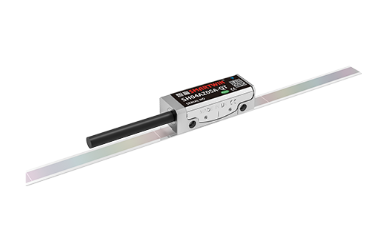In the era of Industry 4.0 and intelligent automation, precision and speed have become cornerstones of industrial productivity. Modern machines are expected to operate at higher velocities while maintaining micron or even nanometer-level accuracy. Achieving this balance requires advanced feedback systems, and linear optical incremental encoders have emerged as a critical solution.
This article explores the evolution, technical principles, and recent advancements in linear optical incremental encoders, highlighting their growing role in high-speed systems such as CNC machining, robotics, semiconductor equipment, and advanced manufacturing platforms.
What is a Linear Optical Incremental Encoder?
A linear optical incremental encoder is a position feedback device that translates linear motion into electrical signals using optical principles. It consists of:
A scale or grating (usually glass, steel, or ceramic) with regularly spaced markings.
A readhead that projects light onto the scale.
Photo-detectors that interpret the reflected or transmitted light.
As the scale moves, the encoder generates pulses corresponding to displacement. The number and frequency of these pulses provide precise information about position and speed.
Unlike an absolute linear optical encoder, which gives a unique position code at every point, an incremental encoder only provides relative movement. However, with innovations in interpolation, signal processing, and quadrature encoding, incremental encoders now achieve extremely high resolutions suitable for demanding high-speed applications.
The Optical Linear Encoder Principle
The optical linear encoder principle is based on the interaction of light with a patterned grating:
Light Projection: An LED or laser projects light onto the encoder’s scale.
Diffraction and Interference: The etched lines or reflective marks create light-dark patterns.
Photoelectric Conversion: Photo-detectors capture the light variations.
Signal Output: Electronics convert the signal into square-wave pulses (A and B channels).
The system often employs a linear optical quadrature encoder design, outputting two signals 90 degrees out of phase, allowing both position and direction to be detected.
With interpolation electronics, resolutions down to sub-micron levels are possible, even at extremely high traverse speeds.
Why High-Speed Systems Need Optical Linear Incremental Encoders
1. Precision at Velocity
Modern CNC machines and robotics move at high speeds. Without reliable position feedback, tool paths deviate, leading to quality issues. Linear optical encoders maintain accuracy, even in dynamic environments.
2. Real-Time Feedback
Incremental encoders provide continuous feedback, essential for servo control loops. High-speed communication ensures instant correction of deviations.
3. Compact and Lightweight
Unlike mechanical or magnetic alternatives, optical encoders provide high resolution without adding bulk or inertia, critical for systems like linear actuators.
4. Compatibility with Linear Actuators
Many high-speed automation systems use linear actuator optical encoders for integrated position control. Their synergy boosts performance in robotics and pick-and-place machinery.
Key Advancements in Linear Optical Incremental Encoders
The last decade has seen significant progress in encoder technology. Below are the most notable advancements:
Higher Resolution Through Advanced Interpolation
Traditional incremental encoders provided resolutions of a few micrometers. Today, linear optical encoders achieve nanometer-level precision thanks to digital interpolation techniques. This allows ultra-precise feedback in semiconductor lithography and ultra-high-speed machining.
Improved Signal Quality and Noise Reduction
Older incremental encoders were prone to signal noise, especially at high speeds. Recent designs incorporate advanced filtering, automatic gain control, and differential signal outputs, ensuring reliable data transmission even in noisy industrial environments.
Miniaturization and Slimline Designs
Compact linear optical incremental encoders are now widely available. These slim designs integrate seamlessly into lightweight robotic arms, compact actuators, and semiconductor inspection equipment without compromising speed.
Robustness in Harsh Environments
A common challenge for optical encoders has been sensitivity to dust, oil, and vibration. Modern systems feature:
Sealed housings
Advanced contamination filtering algorithms
Protective coatings on scales
These improvements make linear optical encoders viable in heavy-duty machining, automotive, and aerospace environments.
High-Speed Data Interfaces
Modern incremental encoders support advanced interfaces such as EtherCAT, BiSS, and PROFINET, enabling seamless integration into Industry 4.0 ecosystems. High-speed communication ensures real-time feedback for high-velocity systems.
Multi-Functional Encoder Systems
Some new designs combine incremental feedback with absolute referencing. These hybrid systems provide the best of both worlds: real-time high-speed data and permanent position retention after power loss.
Applications in High-Speed Systems
CNC Machining and Metal Cutting
High-speed milling and turning machines require micrometer-level accuracy at thousands of RPM. Linear optical incremental encoders ensure consistent part quality and tool longevity.
Semiconductor Manufacturing
Processes like wafer inspection and lithography demand nanometer precision at high scanning speeds. Here, absolute optical encoder linear designs are often combined with incremental systems for unmatched accuracy.
Robotics and Automation
Robotic arms and AGVs (automated guided vehicles) use linear actuator optical encoders to achieve fast yet precise motion. Quadrature incremental encoders allow smooth navigation and collision avoidance.
Medical Equipment
Devices like robotic surgery systems or MRI-compatible equipment rely on linear optical encoders for safe, high-speed movement.
Aerospace and Defense
Flight simulators, satellite positioning systems, and UAV guidance platforms integrate linear optical encoders for reliable motion control under high dynamics.
Comparing Incremental and Absolute Encoders in High-Speed Contexts
Incremental Encoders
Advantages: Simplicity, high-speed responsiveness, cost-effectiveness.
Limitation: Require homing or reference mark after power interruption.
Absolute Linear Optical Encoders
Advantages: Retain position information, ideal for safety-critical systems.
Limitation: Higher cost and complexity.
Many modern systems combine both: a linear optical incremental encoder for real-time feedback and a linear absolute optical encoder for position retention.
Buying Considerations for Linear Optical Incremental Encoders
When selecting an encoder for high-speed systems, consider:
Resolution: Match encoder resolution with system requirements.
Speed Capability: Ensure signal bandwidth supports maximum velocity.
Environment: Choose sealed or coated designs for harsh conditions.
Interface: Confirm compatibility with industrial communication protocols.
Integration: For actuators, opt for linear actuator optical encoders with compact designs.
Conclusion
The evolution of linear optical incremental encoders has transformed high-speed manufacturing and automation. From basic pulse generators to advanced feedback systems with nanometer precision, these devices now play a central role in Industry 4.0. Key advancements such as higher resolution, robust designs, miniaturization, and smart data interfaces have enabled encoders to keep pace with ever-increasing machine speeds. Whether in CNC machining, semiconductor fabrication, robotics, or aerospace, linear optical encoders ensure that speed never compromises accuracy.
As industries demand faster, smarter, and more sustainable systems, incremental encoders will continue evolving—bridging the gap between high-speed motion and intelligent precision.

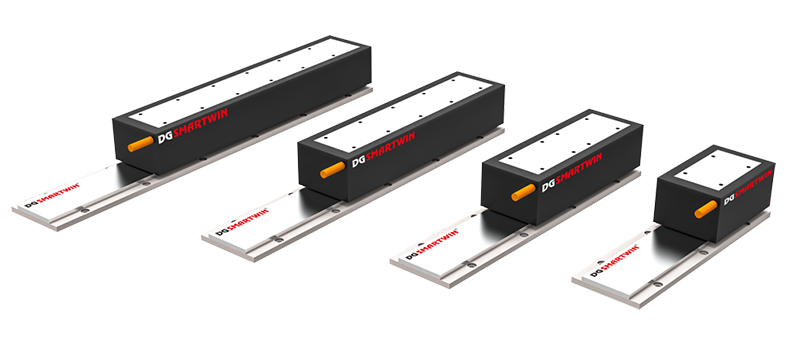
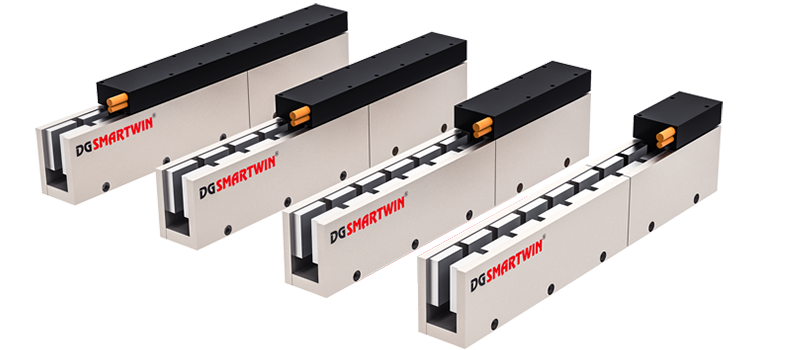
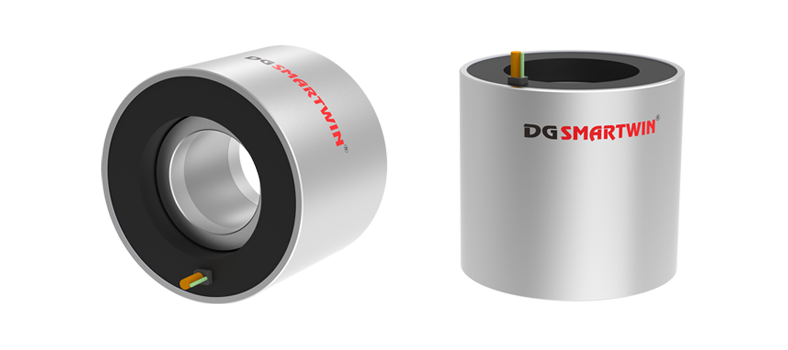
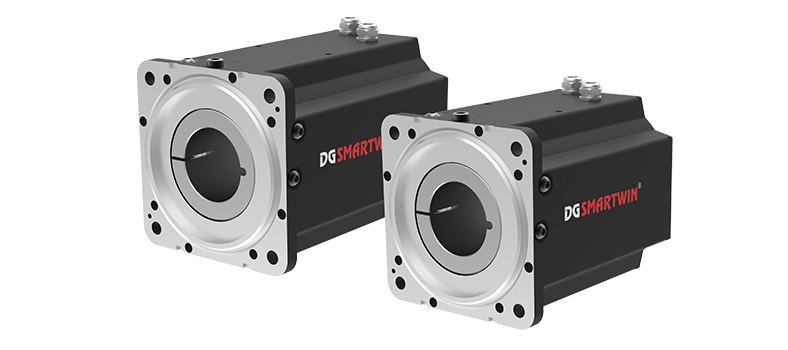
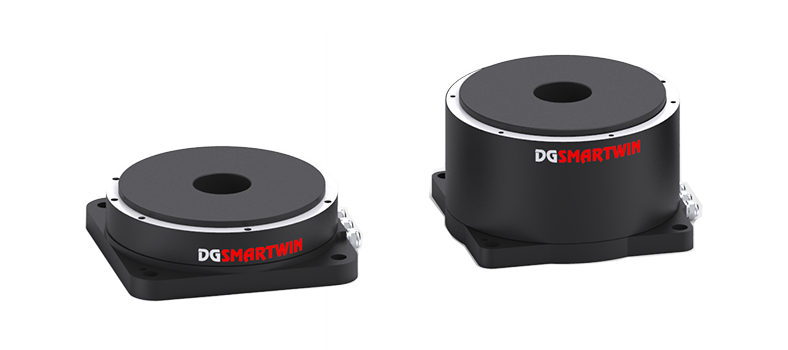
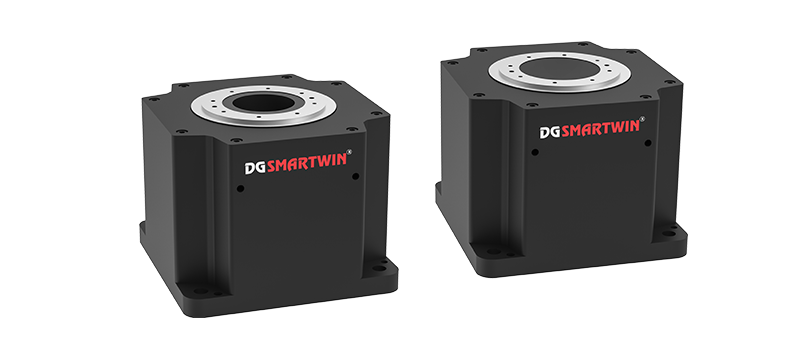
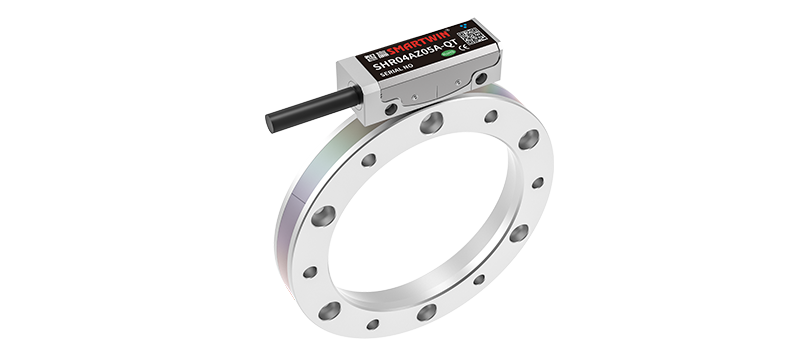
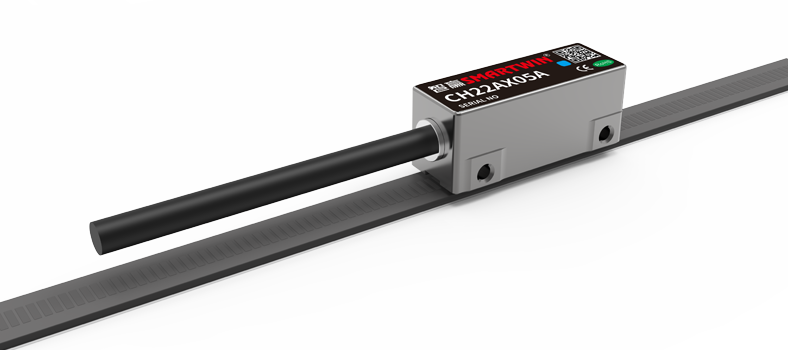








 En
En

